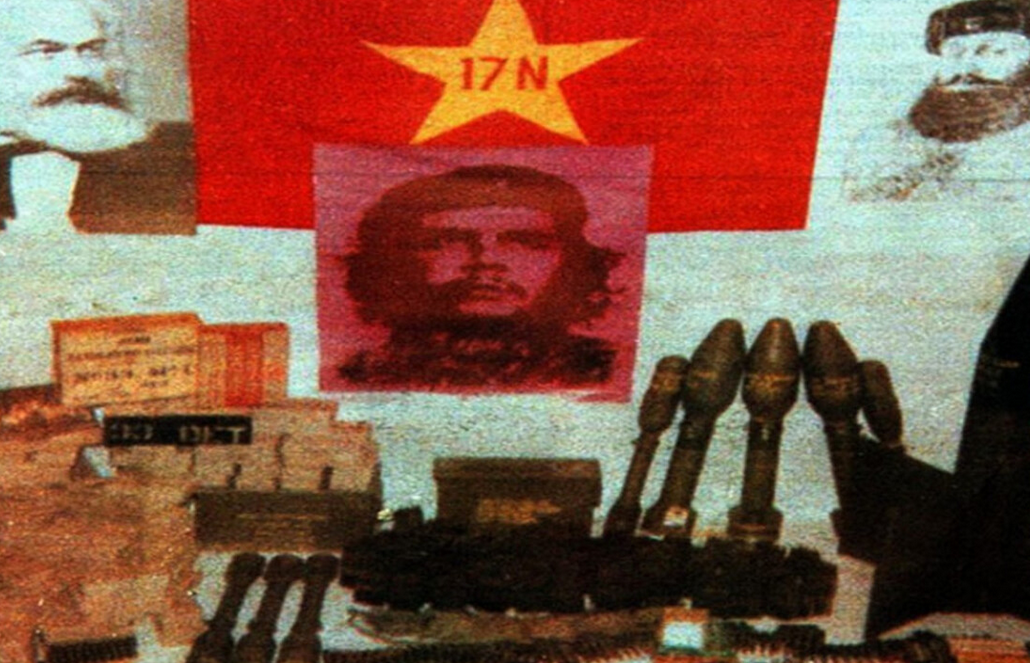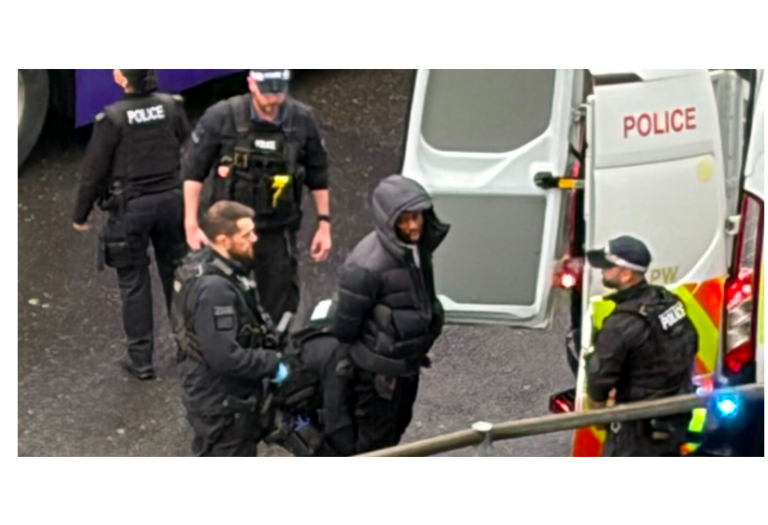The “circle of Paris’ disappeared,” Giotopoulos’ identification, a shift in counter-terrorism doctrine, and the British role—these are the threads of a gripping narrative in Michalis Chrysochoidis’ autobiographical book On the Same Path. The book highlights the pivotal role of informant “X” in the dismantling of the 17 November terrorist group. Through detailed recollections, Chrysochoidis explores how “X” helped map and identify members of the organization well before the 2002 bomb incident involving Savvas Xiros.
Chrysochoidis provides sparse details about “X” while crediting him with critical contributions, such as describing key players, verifying suspicions, and confirming theories. The book documents the shift in Greece’s approach to terrorism during Chrysochoidis’ first term as Minister of Public Order, a time he likens to being thrown into a “snake pit.”
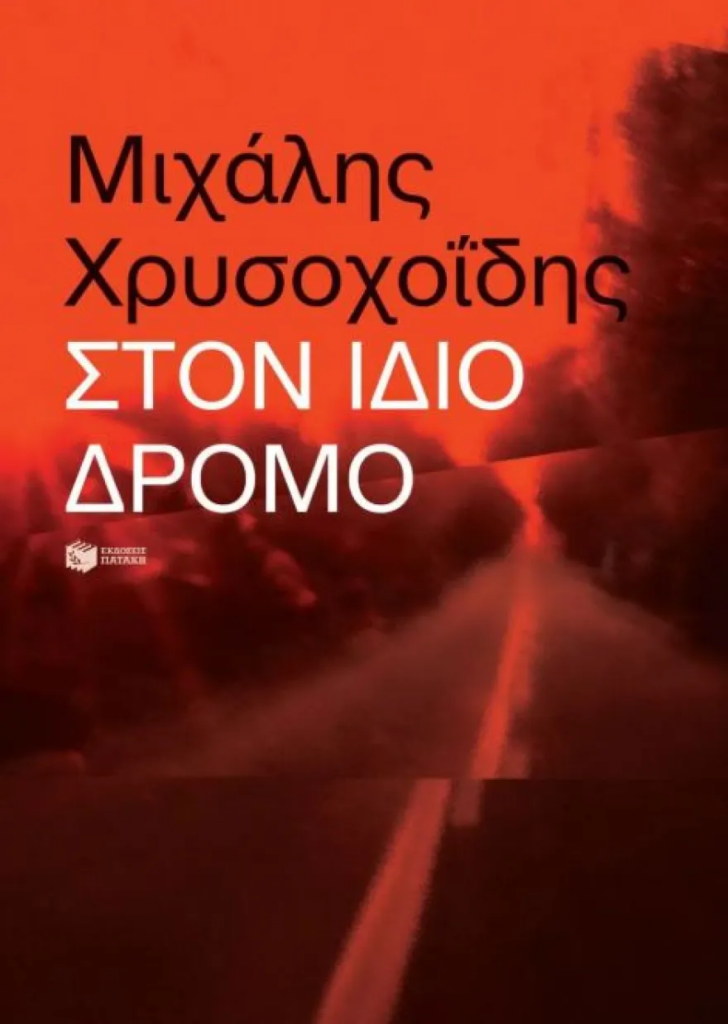
Early Signs and U.S. Frustration
Chrysochoidis’ anti-terror journey began in 1999, during a meeting with U.S. Ambassador Nicholas Burns. When asked for evidence about 17N, Burns replied with a mix of surprise and admonishment: “You’re the state living under threat for 25 years. You should have evidence, not us.” This exchange revealed Greece’s lagging counter-terrorism efforts.
To bridge this gap, Chrysochoidis initiated reforms within the counter-terrorism unit, including publicizing a damning report by Fotis Nasiakos, then-chief of the Anti-Terrorism Directorate. The move aimed to shock Greek society into understanding the bloodshed caused by 17N.
The Role of Informants
The turning point came in 2001 when “X” approached authorities. Described as potentially linked to the Revolutionary Popular Struggle (ELA), “X” was a treasure trove of information. He identified key 17N members, including individuals involved in high-profile killings, such as the murder of British military attaché Stephen Saunders.

Chrysochoidis recalls the frustration surrounding earlier counter-terrorism missteps, such as the failure to act on evidence implicating Vasilis Tzortzatos in 1992. By contrast, “X” provided credible leads that directed focus toward figures like Alexandros Giotopoulos, whose intellectual fingerprints on 17N’s manifestos led investigators to Parisian exile circles during the Greek Junta.
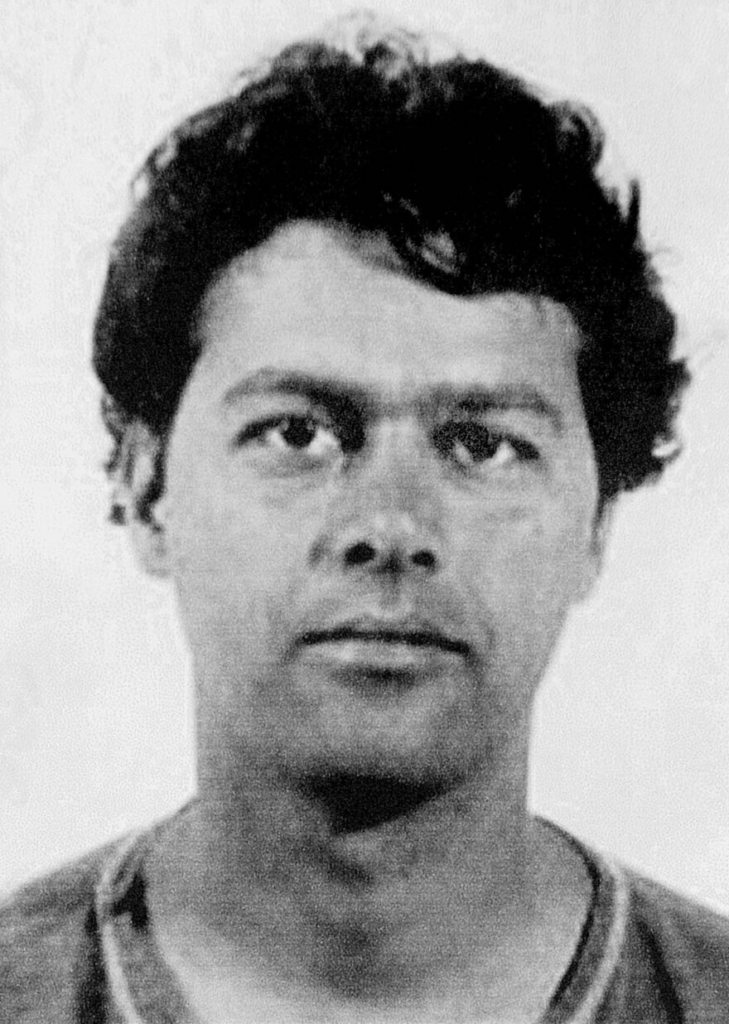
Cooperation with British Authorities
The 2000 assassination of Stephen Saunders galvanized cooperation between Greece and Britain. Scotland Yard provided expertise in electronic surveillance and communications strategies, helping Greek authorities engage the public and gather eyewitness accounts. This collaboration underscored the systemic changes driven by Chrysochoidis, who credits Heather Saunders, the victim’s widow, with raising awareness among Greeks.

The Informant’s Legacy
“X” remains a mysterious yet crucial figure in the narrative of Greece’s fight against terrorism. By offering insights into the structure and operations of 17N, he helped authorities unravel decades of terror. His revelations ultimately led to the arrest of Giotopoulos and other members in 2002, marking the beginning of the end for 17N.

Chrysochoidis’ account is not merely a memoir but a case study in the transformation of Greece’s anti-terror efforts, combining intelligence, international cooperation, and decisive leadership to confront one of the nation’s gravest threats.
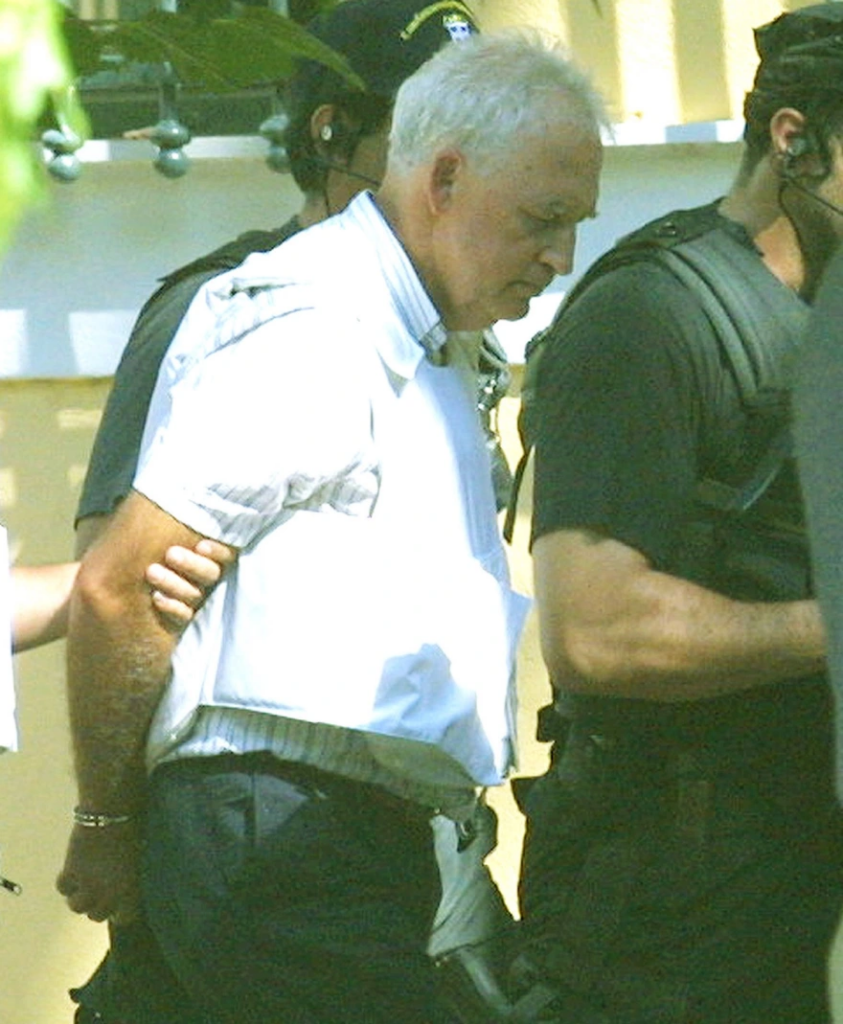
Ask me anything
Explore related questions
